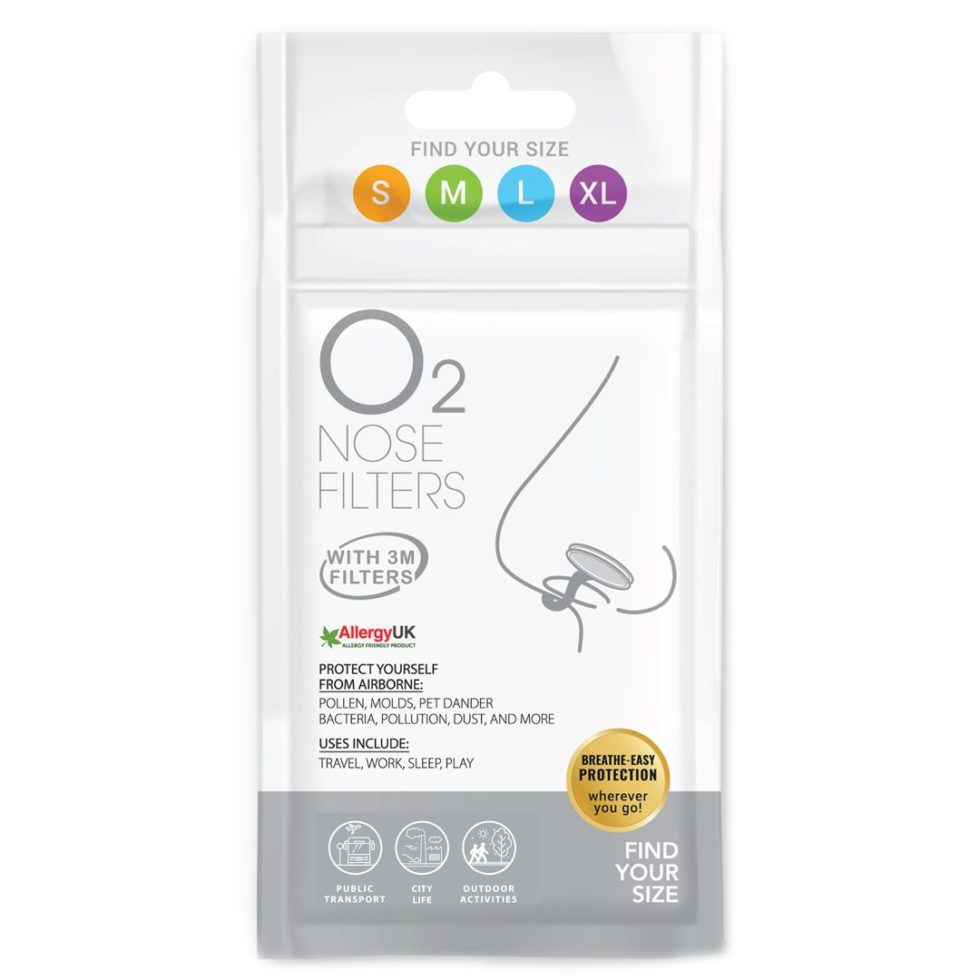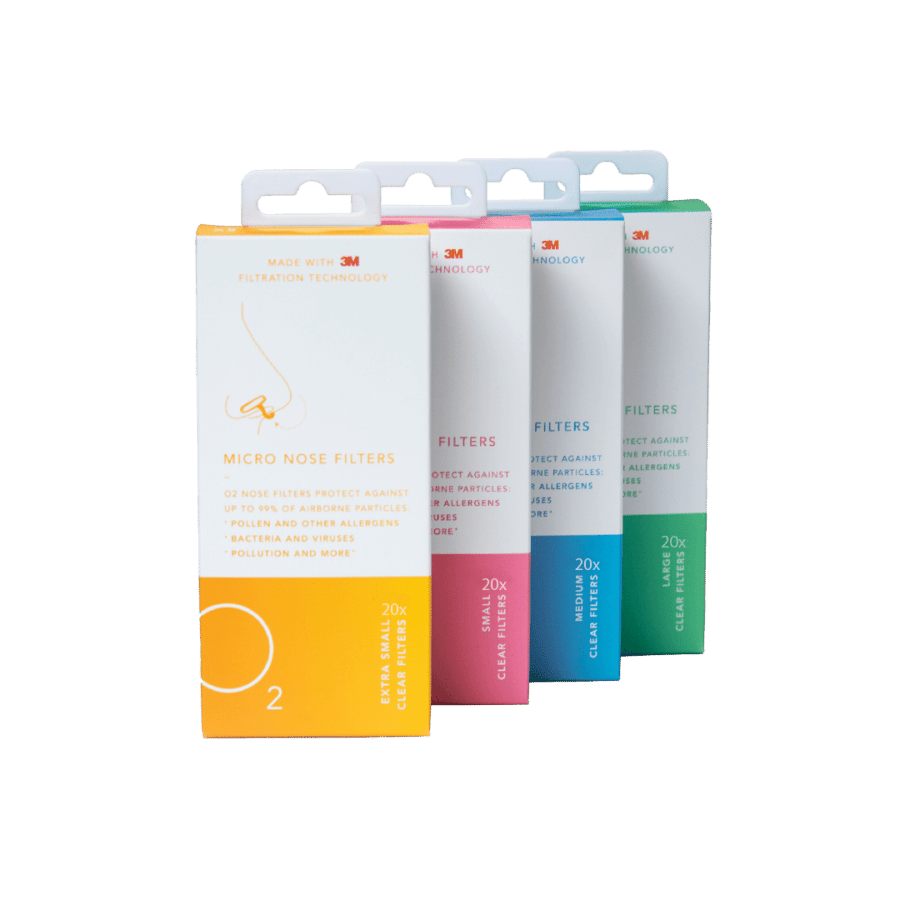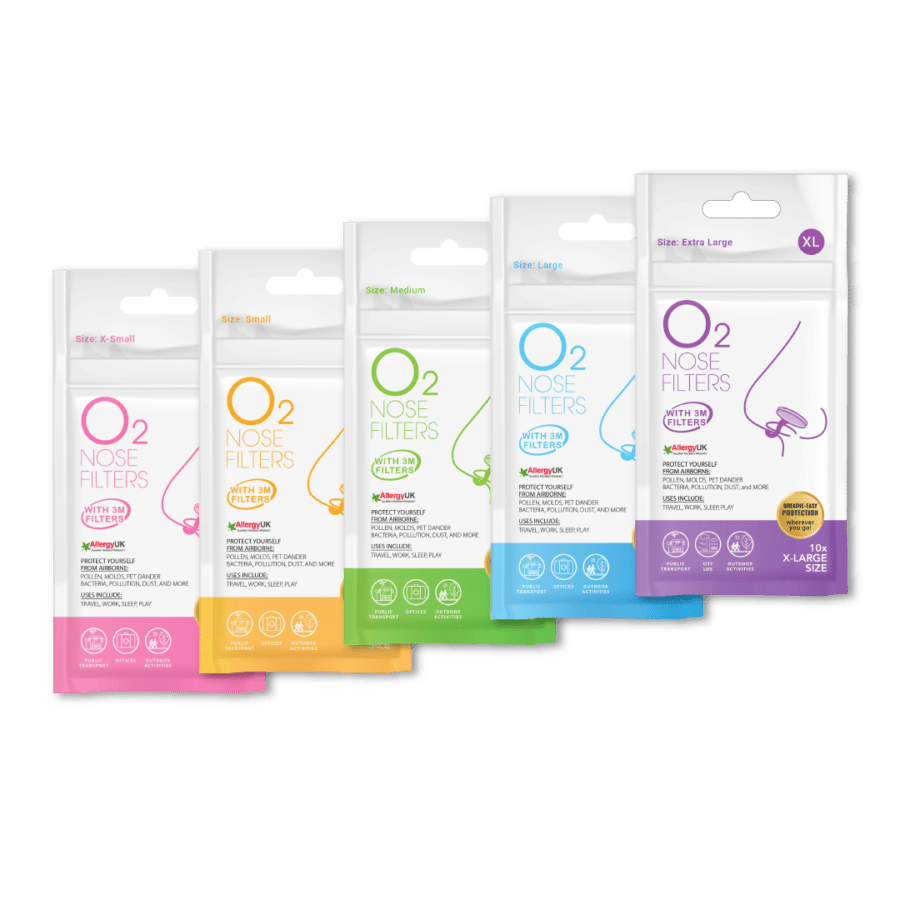Breathing is one of the most essential and natural functions of the human body, yet it’s something we rarely think about. From the moment we are born, our breath sustains us, and throughout our lives, we continue to breathe automatically without much conscious awareness. However, there is growing interest in the practice of controlled breathing, specifically breathing through the nose, and how it can impact our physical and mental well-being.
The Power of Nasal Breathing
Nasal breathing, or breathing through the nose rather than the mouth, has been practiced for centuries across different cultures, especially in yogic traditions and meditation practices. Recent research is now affirming what ancient wisdom has long understood, that breathing through the nose offers a wide range of physiological benefits that simply can’t be replicated by mouth breathing.
The nose acts as a natural filter, humidifier, and temperature regulator for the air we breathe. It’s equipped with fine hair-like structures called cilia, which trap dust, allergens, and other particles from entering the lungs. The nasal passages also warm and moisten the air, making it easier for the lungs to absorb oxygen. In contrast, breathing through the mouth bypasses this filtering system, leading to dry mouth and an increased risk of inhaling harmful particles. When we breathe through our nose, we also activate the diaphragm more fully. This deep, diaphragmatic breathing is slower and more controlled, which helps oxygenate the body more efficiently. This process is vital for activating the parasympathetic nervous system, which promotes relaxation, reduces stress, and helps regulate heart rate and blood pressure.
Controlled Breathing
The ancient practice of pranayama, a form of breath control in yoga, focuses heavily on controlled nasal breathing to influence the body’s energy and emotional states. Additionally, one of the most well-known techniques is called Box Breathing, where you inhale for a count of four, hold for four, exhale for four, and hold again for four. This simple yet effective practice activates the parasympathetic nervous system, promoting a state of calm and reducing the effects of stress and anxiety. Similarly, slow, deep inhalations followed by extended exhalations can trigger the body’s relaxation response, helping to release tension in the muscles and quiet the mind.
Nasal breathing also encourages longer, slower breaths, which are shown to increase the oxygen-carbon dioxide exchange in the lungs. This leads to a more efficient delivery of oxygen to the body’s cells, promoting better energy levels and overall physical performance.
How Breathwork Improves Your Mind and Body
The connection between breath and mind is undeniable. Research has shown that controlled breathing can reduce symptoms of anxiety and depression. By focusing on the breath and practicing mindful breathing techniques, individuals can increase their awareness of the present moment, which is a cornerstone of many mindfulness and meditation practices. This heightened awareness helps people detach from negative thought patterns and fosters emotional resilience.
Research has shown that controlled breathing can reduce symptoms of anxiety and depression. By focusing on the breath and practicing mindful breathing techniques, individuals can increase their awareness of the present moment, which is a cornerstone of many mindfulness and meditation practices. This heightened awareness helps people detach from negative thought patterns and fosters emotional resilience. Furthermore, controlled breathing can support better sleep. Many people struggle with insomnia or poor sleep quality due to stress or anxiety, and breathwork can be a valuable tool in calming the mind and promoting relaxation before bed.
How O2 Nose Filters Benefits Breathwork
With all this meditative nasal breathing, it’s important to make sure the pollutants you’re inhaling don’t harm you in the long run. While we may never be able to fully protect ourselves from all the different types of pollutants in our ever-changing world, we can at least find solace in the fact that O2 Nose Filters are available to protect us from air pollution. O2 Nose Filters helps prevent harmful particulate matter from entering and potentially affecting your nasal cavities. O2 Nose Filters has been proven in controlled studies to help protect wearers from inhaling airborne particles such as bacteria, viruses, dust, exhaust fumes, smoke, and other pollutants. Independent laboratory tests demonstrate that 3M’s Advanced Electret Media in O2 Nose Filters block 90% of particulates at PM10 and 65% of particulates at PM2.5. Additionally, O2 Nose Filters are comfortable to wear due to their latex-free design and medical-grade Thermoplastic Elastomer (TPE) materials.
O2 Nose Filters provides inexpensive and effective security to protect people from harmful air pollution. While our nasal passageways try their best when it comes to filtering harmful particulate matter, they aren’t perfect. That’s why O2 Nose Filters are such an effective solution when it comes to improving our mental and physical health. Nose filters are a discreet, effective option to protect against air pollutants. The O2 Nose Filter uses 3M’s patented AEM™ electrostatic technology to capture allergens, viruses, and other particulates, making them a valuable tool for anyone who wants to drastically limit the pollutants they breathe in daily.
-
O2 Nose Filters Sizing Pack$3.95
-
O2 Nose Filters | 20 Pack$18.95
-
O2 Nose Filters | 10 Pack$10.95 — or subscribe and save 10%






